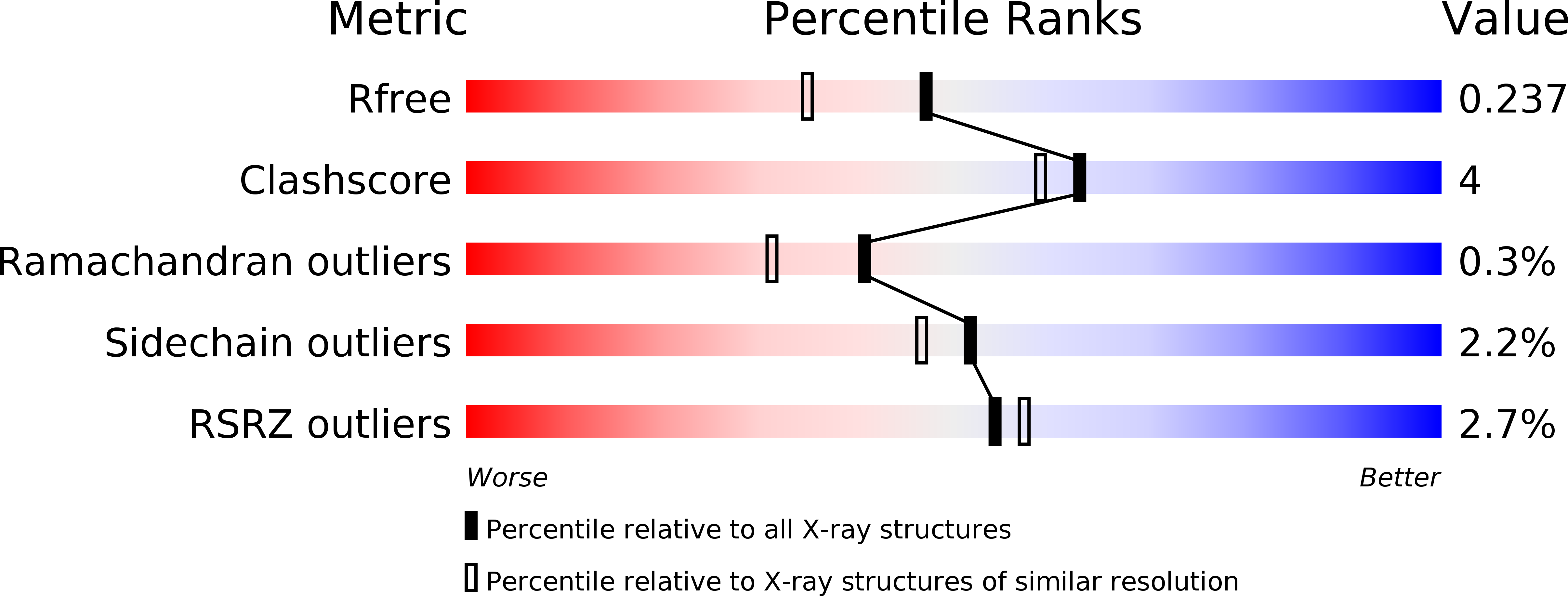
Deposition Date
2016-12-12
Release Date
2017-05-31
Last Version Date
2024-10-16
Entry Detail
PDB ID:
5U7P
Keywords:
Title:
Crystal structure of a nucleoside triphosphate diphosphohydrolase (NTPDase) from the legume Trifolium repens
Biological Source:
Source Organism:
Trifolium repens (Taxon ID: 3899)
Host Organism:
Method Details:
Experimental Method:
Resolution:
1.89 Å
R-Value Free:
0.23
R-Value Work:
0.17
R-Value Observed:
0.18
Space Group:
P 1 21 1


